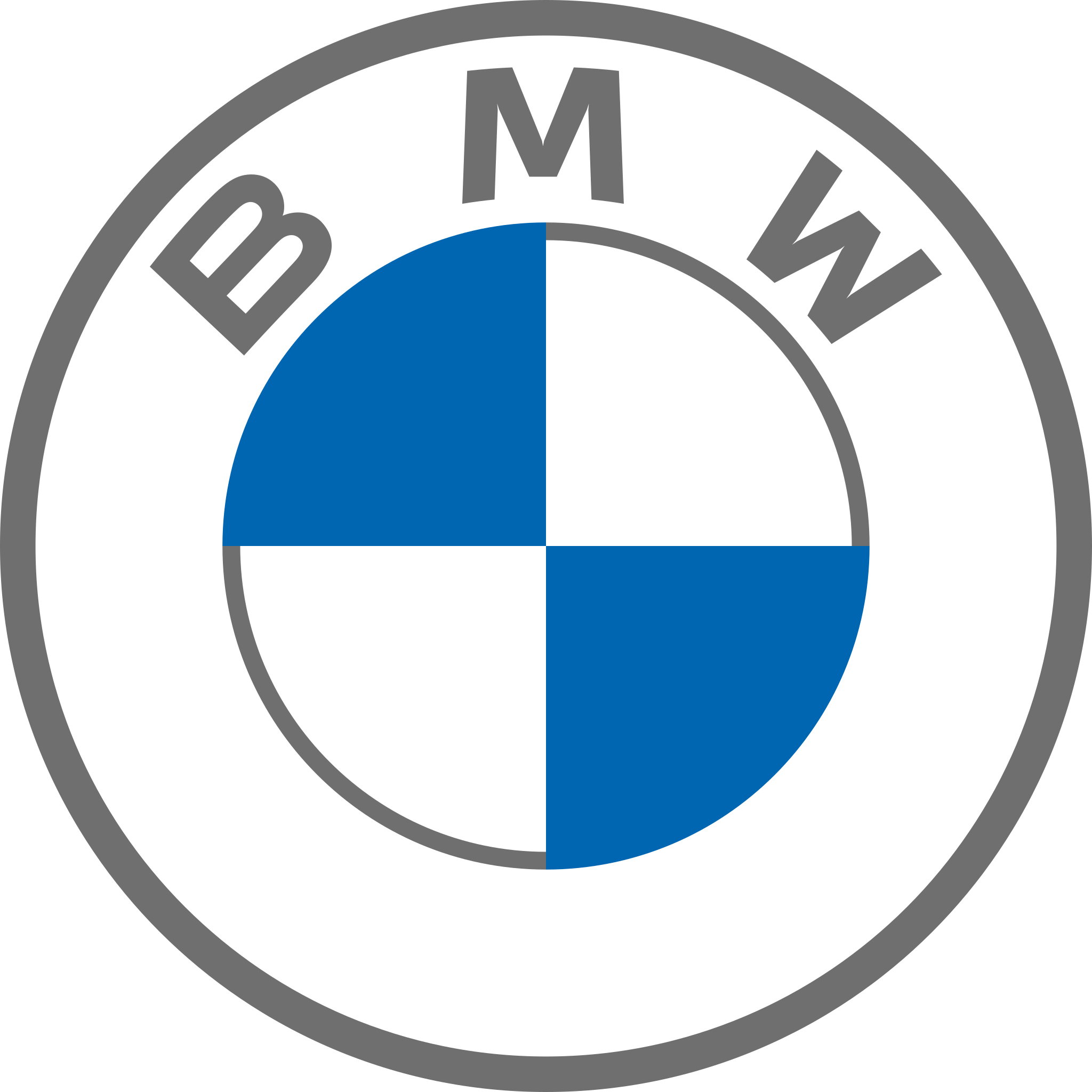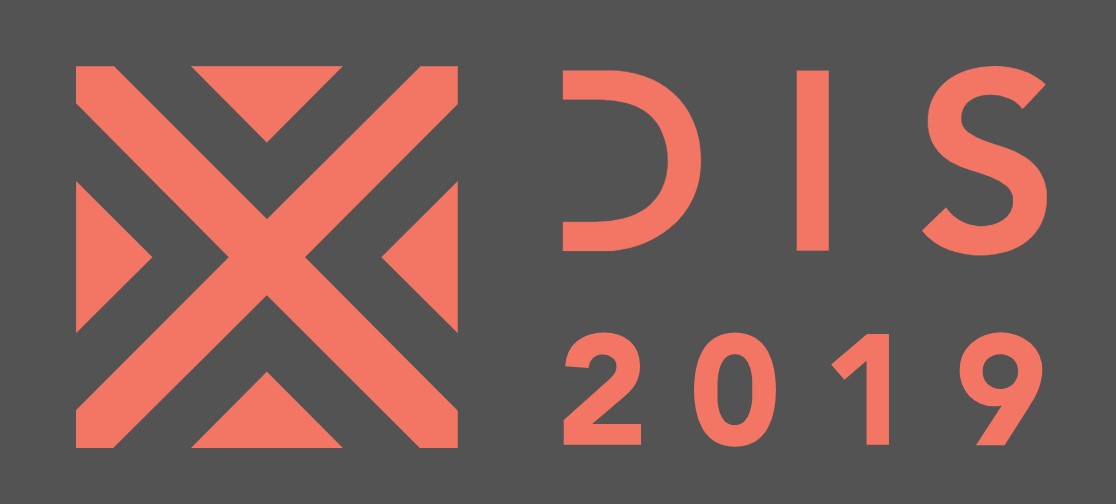Honk? Talk!
Competition project
Team lead, Human-Computer Interaction Research, Interaction design
Collaborated with
Eun Jee Sung, Hyesun Chung, Jooseung You
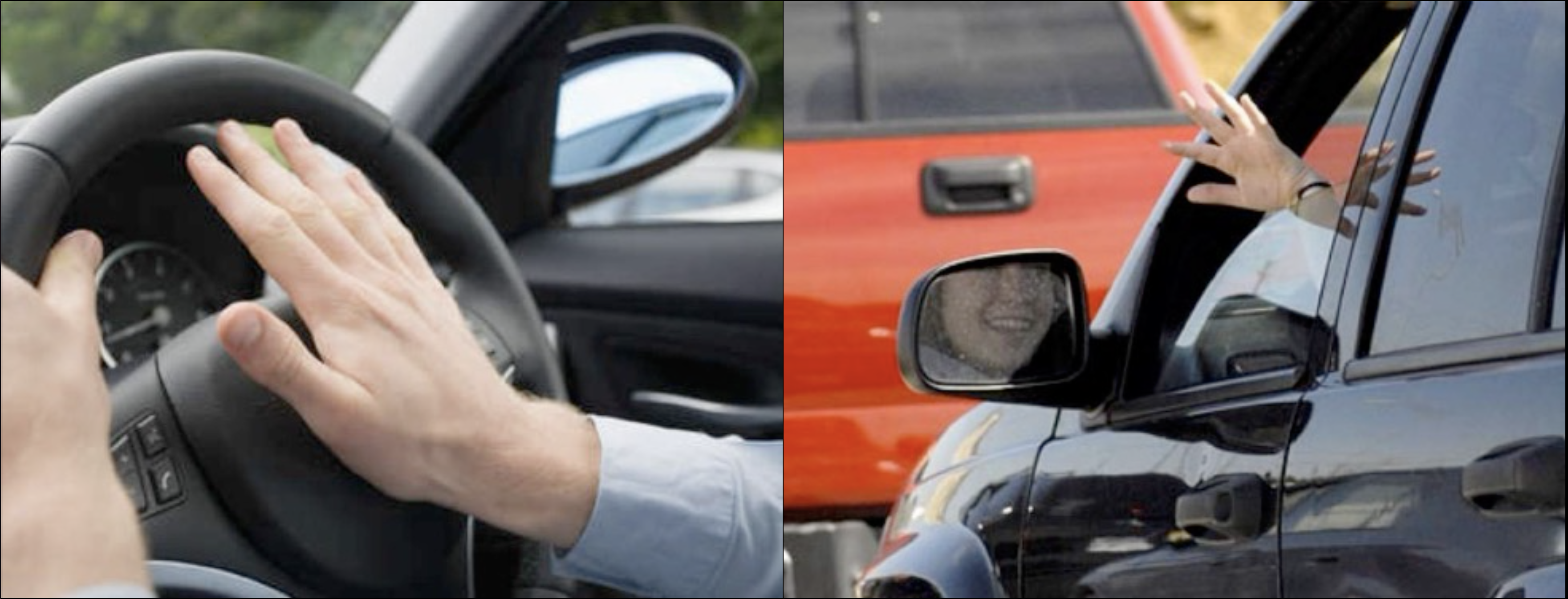 Driving is a social task where drivers should constantly communicate with one another. However, existing driver-to-driver communication methods have mainly focused on safety-related issues, thereby overlooking the social aspect of drivers’ communication needs. We aimed to shed light on drivers’ needs for richer driver-to-driver (D2D) communication and design future D2D communication methods.
Driving is a social task where drivers should constantly communicate with one another. However, existing driver-to-driver communication methods have mainly focused on safety-related issues, thereby overlooking the social aspect of drivers’ communication needs. We aimed to shed light on drivers’ needs for richer driver-to-driver (D2D) communication and design future D2D communication methods.

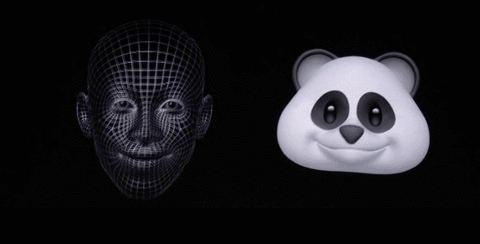
History of the internet communication
1976, internet communication starts
1982, emoticon came out
1999, emoji came out
2017, AR emoji came out
...
1976, internet communication starts
1982, emoticon came out
1999, emoji came out
2017, AR emoji came out
...
History of the in-vehicle driver to driver communication
1976, nothing changed
1982, nothing changed
1999, nothing changed
2017, nothing changed
...
1976, nothing changed
1982, nothing changed
1999, nothing changed
2017, nothing changed
...

Scenario-based Interview & Analysis
We conducted scenario-based semi-structured interviews. Through a literature review, we se-lected four different situations that can be easily observed in today’s road environments.
Moreover, two scenarios from each perspective (sender and receiver) were formulat-ed for each situation. We recruited 14 people of both genders and a range of ages (24-56), driving experience (1-36 years), and nationalities (Koreans, Australian, American, and Malaysian).
Scenario images

Scenario-b
ased Interview & Analysis
Findings
1. Drivers Want to Use Social Cues for Affective Messages
When conveying affective messages such as ap-preciation, an apology, or a protest, most participants wanted to use social cues to add nuance to their messages.“I think emojis would be better. […] In general cases, they(emojis) would appeal to someone better (than other methods).”
2. Drivers Want to Put More Details
Most participants wanted to convey more information via their messages. In particular, one pointed out that blinking and honking had often oversimplified the messages.“Text would be better. (I just want the message to be delivered) just as it is. Headlight is broken, trunk is open, it it necessary to send correct information.”
3. Drivers Want Varying Scopes of Communication
As the current means of the communication, whether sound or light, does not allow changes of the scope of the signal, these methods often become an obtrusive distraction to nearby drivers. Most participants reported that they had experienced being surprised by car horns, and that they tried not to use them if not necessary“The messages given to me should be shown to me exclusively.”
+ Drivers Want Different Modalities of Communication Considering Different Perspectives
As senders, participants preferred more auditory methods of communication; as receivers, participants preferred “less intrusive” visual methods.“Well, I think my attitude just changed. (When I am a sender) it’s me who has to act, right? […] I have to show appreciation, so before (when I was a sender) I preferred the strongest method[…]”
Design Ideas
First, the communication method should be able to incorporate social cues when delivering effective messages
Second, drivers should be allowed to deliver detailed messages.
Third, the communication method should allow drivers to select those with whom they want to communicate.
Second, drivers should be allowed to deliver detailed messages.
Third, the communication method should allow drivers to select those with whom they want to communicate.
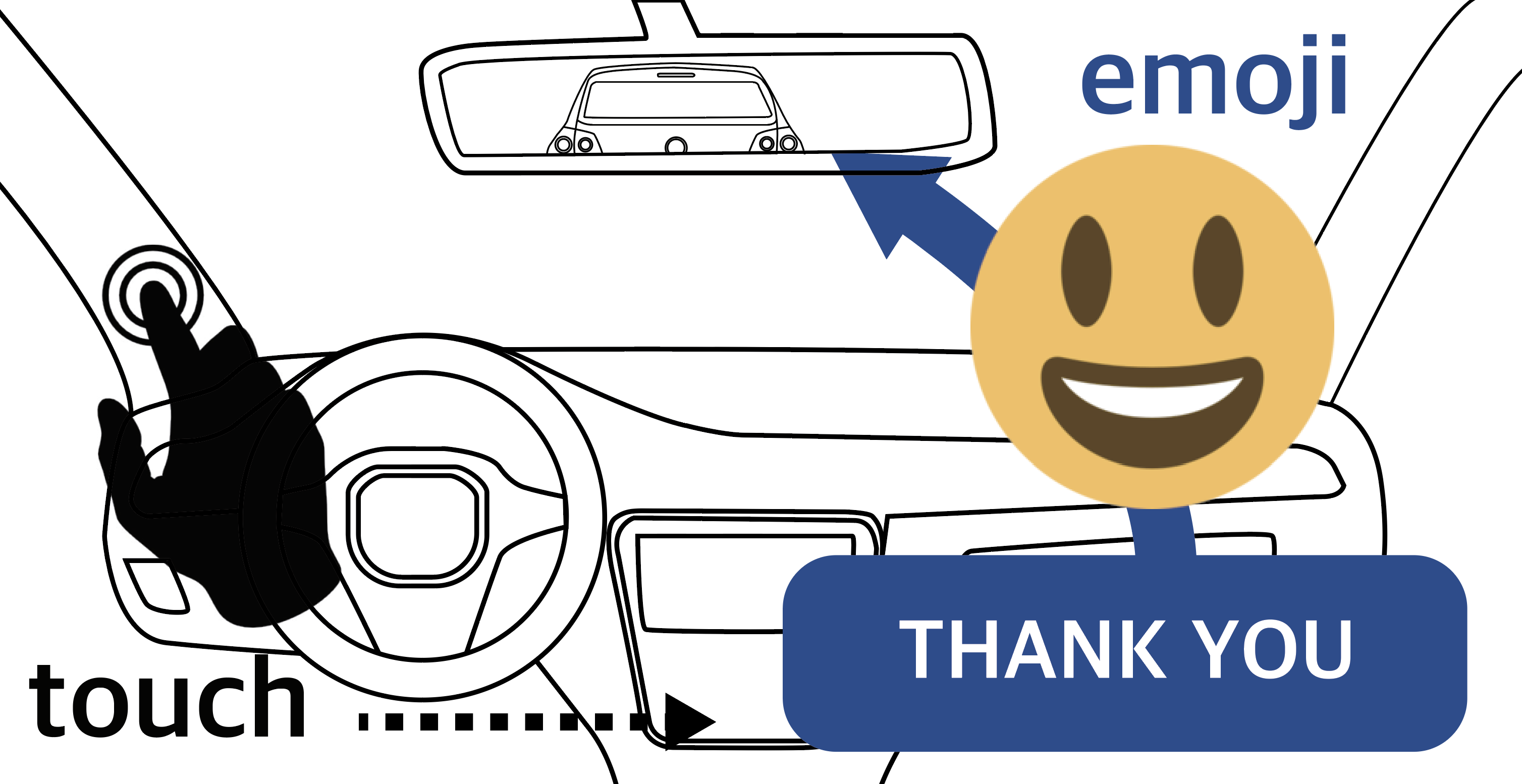

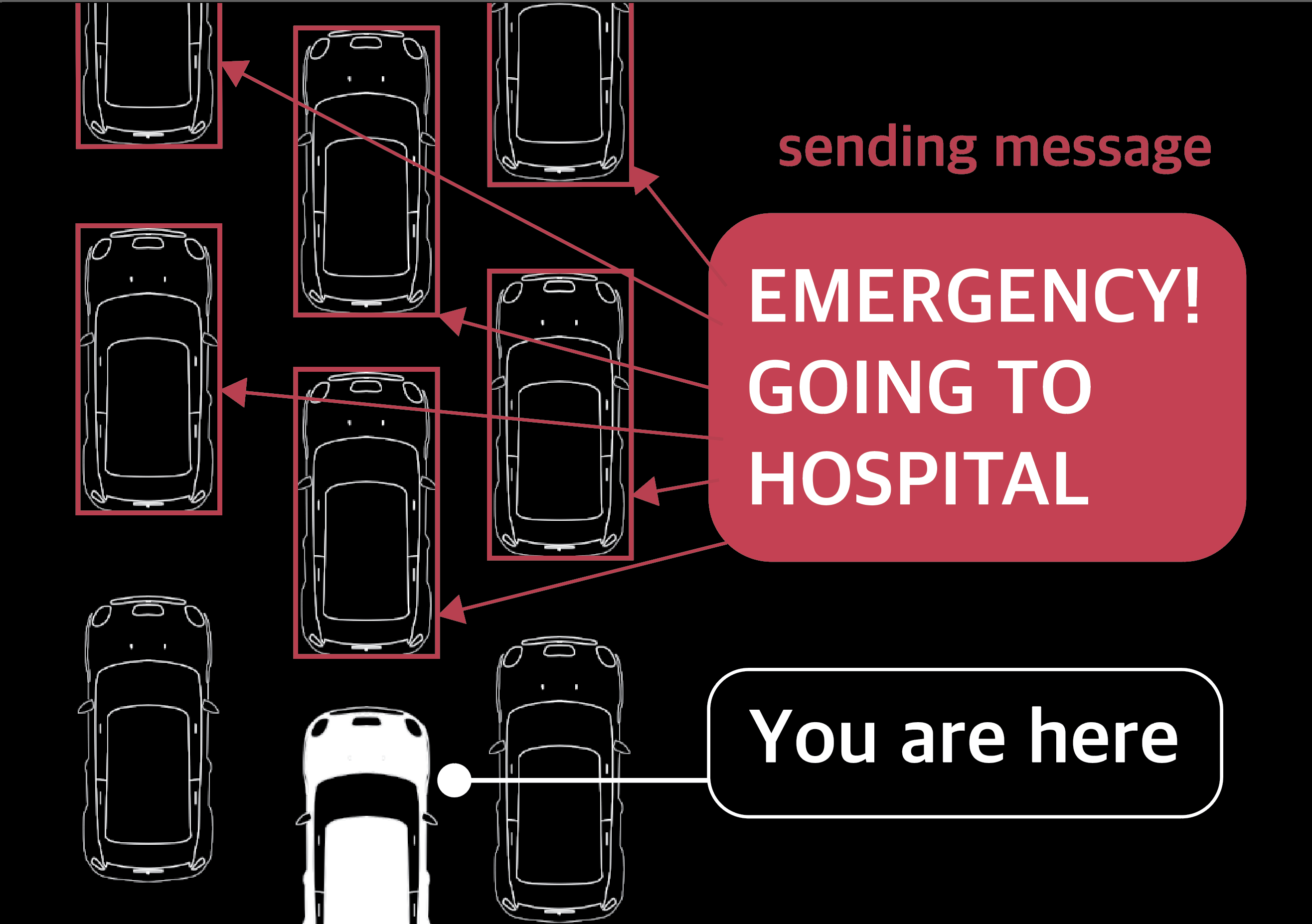
User Testing


Simulation Setting
Emoji-angry: Sent
The tester driving normally sent an emoji 'I'm angry' when a car running from behind collided with it, and the vehicle then responds by sending an emoji to mean sorry.
The tester driving normally sent an emoji 'I'm angry' when a car running from behind collided with it, and the vehicle then responds by sending an emoji to mean sorry.
Voice-trunk open: Sent
The tester tries to deliver a message to the vehicle in front of her that the trunk is open with a voice message.
The tester tries to deliver a message to the vehicle in front of her that the trunk is open with a voice message.
Emoji-angry: Received
The tester is getting a lot of angry emojis from other drivers waiting in line by cutting in.
The tester is getting a lot of angry emojis from other drivers waiting in line by cutting in.
User Interface

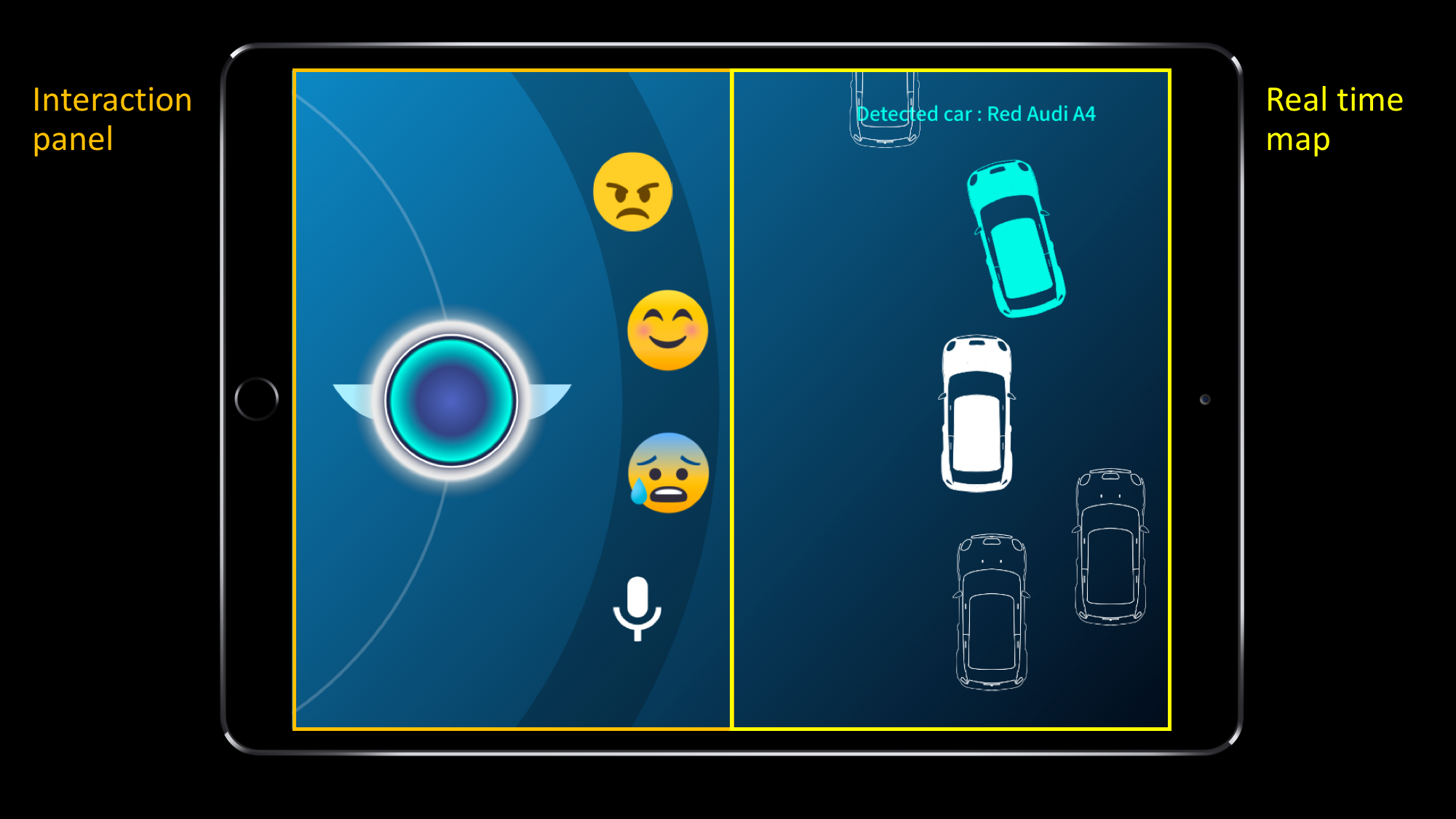
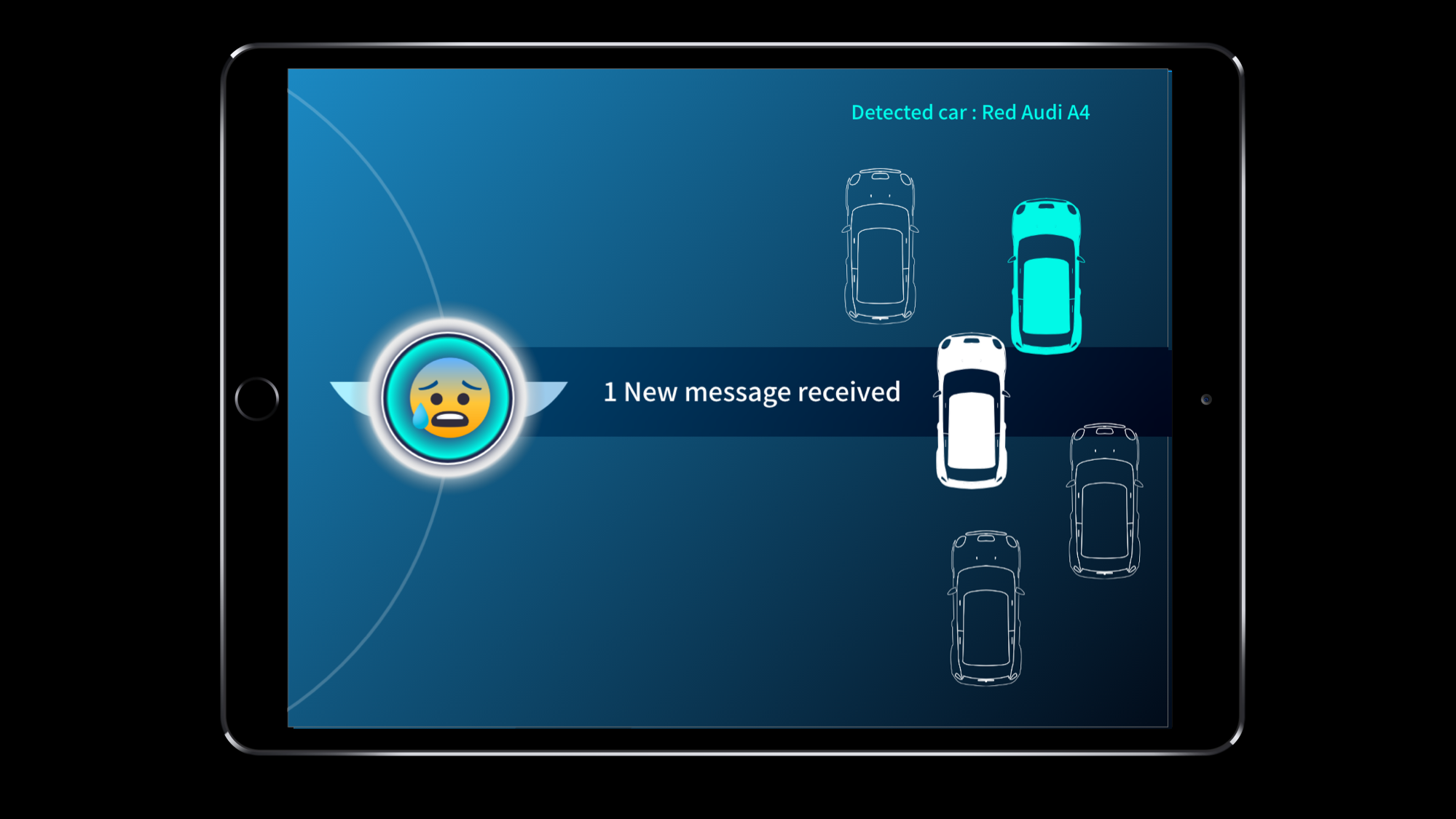

Process
AR ideation
Sending ‘thank you’ emoji with gesture
Sending ‘like button’ to one of the favorite restaurants
BMW - SNU Research Competition winner

ACM Designing Interactive Systems 2019
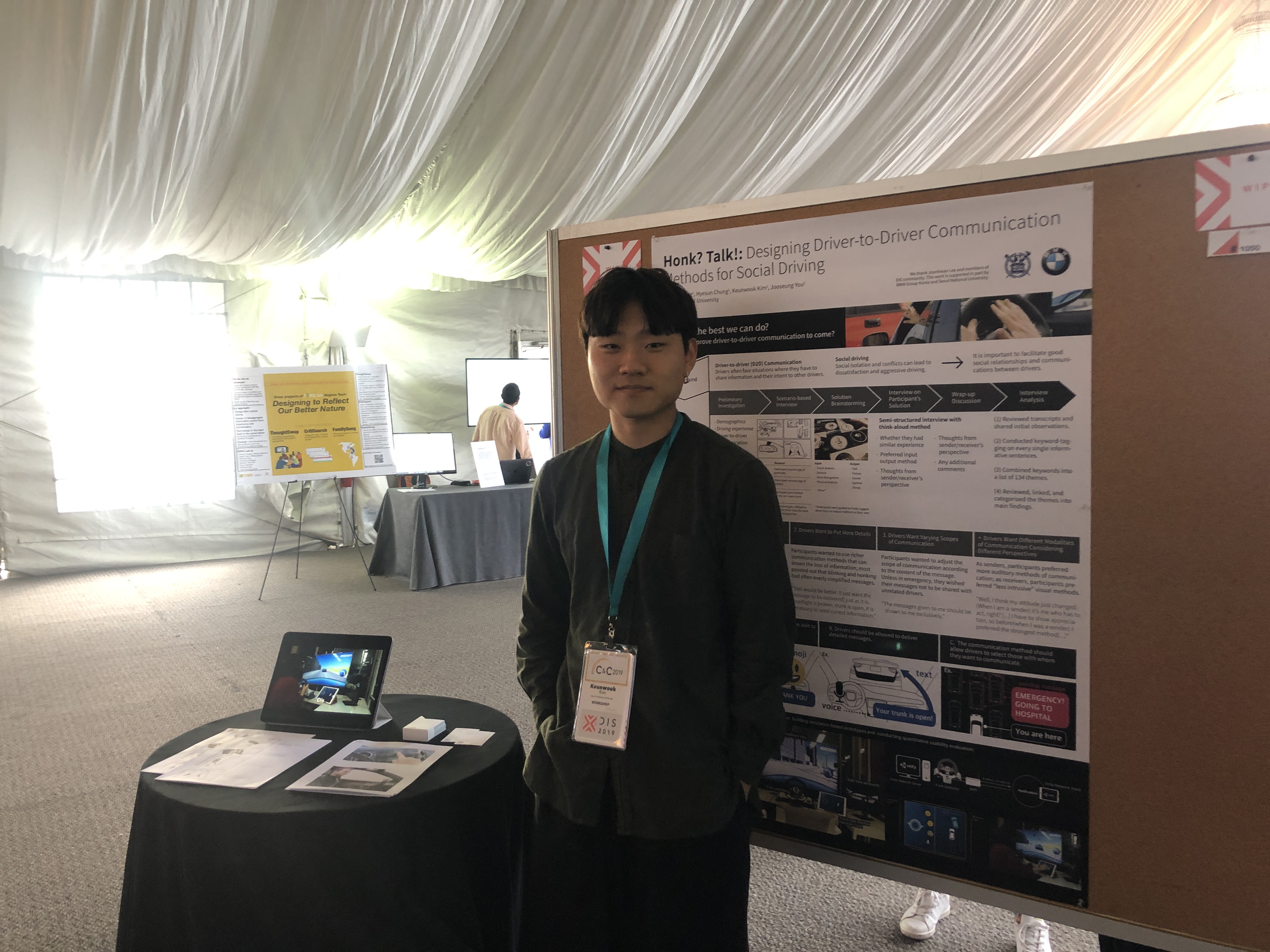
Me at the poster session
Me and my teammates met Don Norman at the UCSD campus
Me and my teammates met Don Norman at the UCSD campus

